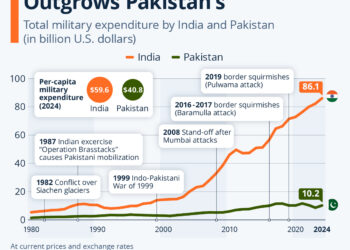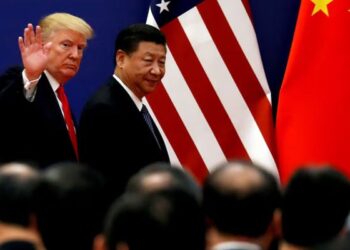China’s Rise to Manufacturing Dominance
China’s transformation into the world’s manufacturing powerhouse is one of the most significant economic stories of the last few decades. This blog explores the remarkable journey of China’s manufacturing sector, highlighting key developments, statistical insights, and the global implications of this shift.
A Historical Perspective
The Manufacturing Landscape Before 2000
Throughout the latter half of the 20th century, the United States held the title of the leading manufacturing nation. As recently as 2009, it was still the dominant force in global manufacturing output. The U.S. economy benefited from a well-established industrial base, advanced technology, and substantial consumer spending.
However, by the end of the 1990s, signs of change began to emerge. China’s gradual shift towards a market-oriented economy started to lay the groundwork for an industrial revolution that would change the global economic landscape.
The Turning Point: WTO Accession
2001: A Pivotal Moment
China’s entry into the World Trade Organization (WTO) in 2001 marked a watershed moment in its economic development. This policy shift opened China’s economy to international markets, encouraging foreign investment and facilitating the expansion of its manufacturing capabilities. The integration into the global economy prompted significant foreign direct investment (FDI) into the Chinese manufacturing sector, enabling rapid growth and development.
Explosive Growth in Manufacturing Output
China’s Ascension in Numbers
Between 1980 and 2023, China experienced an astonishing increase in manufacturing output, soaring from approximately $134 billion to around $4.8 trillion. This incredible growth signifies China’s strategic focus on becoming the world’s leading manufacturing hub.
- 1980: $134 billion
- 2023: $4.8 trillion
During the same period, China’s share of global manufacturing output skyrocketed from 5% to approximately 30%. In stark contrast, the share of the United States fell from 21% to 17%. These statistics underscore the drastic shift in the global manufacturing landscape over just a few decades.
Comparative Analysis of Manufacturing Shares
The Decline of U.S. Manufacturing
In 2001, the manufacturing share of the United States peaked at an impressive 28%. However, the years following China’s WTO accession saw a prominent decline. Factors contributing to this decrease included the outsourcing of jobs to China for cheaper labor costs, advancements in technology leading to automation, and a growing demand for consumer goods produced at lower prices.
China’s ability to scale production rapidly and at lower costs provided it with a competitive advantage, attracting global brands to set up manufacturing facilities within its borders. Moreover, China’s investments in infrastructure and innovation created an ecosystem conducive to manufacturing proliferation.
Global Implications of China’s Manufacturing Dominance
Economic and Political Ramifications
China’s rise to manufacturing supremacy has significant implications not only for the global economy but also for international relations. As China established itself as a manufacturing leader, it garnered increased political influence on the world stage. The balance of power began to shift, prompting concerns in various nations, particularly the United States.
The ramifications extend to supply chain management, where businesses worldwide increasingly rely on Chinese manufacturers for their products. This dependency has revealed vulnerabilities, especially during disruptions like the COVID-19 pandemic, which exposed the fragility of global supply chains heavily reliant on a single country.
The Future of Manufacturing in China
Continued Innovation and Investment
As the manufacturing landscape evolves, China continues to invest significantly in advanced manufacturing technologies such as automation, artificial intelligence, and robotics. Furthermore, initiatives like "Made in China 2025" aim to transform the country into a high-tech manufacturing hub, setting the stage for future growth and innovation.
The commitment to modernization signals that China is not merely content to be the world’s factory but is actively pursuing leadership in advanced manufacturing sectors such as clean energy, aerospace, and biomedicine.
Conclusion
In sum, China’s rise to manufacturing dominance is a multifaceted phenomenon marked by historical shifts, strategic initiatives, and significant economic implications. As global dynamics continue to evolve, China’s manufacturing sector will undoubtedly play a crucial role in shaping the future of the global economy.






